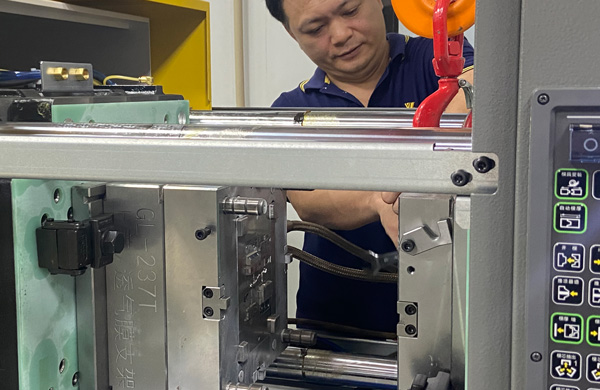Based on the power source, the core-pulling mechanisms in plastic injection molds can be primarily classified into manual, electric, and hydraulic or pneumatic types, each with its unique characteristics and application scenarios.
(1) Manual Core-Pulling Mechanism: This type requires manual removal of the movable core before ejecting the plastic part or after mold release. The mold structure for manual core-pulling is relatively simple. However, it results in low production efficiency, high labor intensity, and limited mold release force. It is only suitable for special occasions, such as trial production of new products or small-batch production of plastic parts.

(2) Electric Core-Pulling Mechanism: Unlike manual core-pulling, the electric mechanism utilizes the mold-opening force of the injection molding machine to change the direction of motion through a transmission mechanism, thereby pulling out the lateral movable core. The structure of the electric core-pulling mechanism is more complex, but it eliminates the need for manual operation and provides strong mold release force. It offers flexibility, convenience, high production efficiency, and ease of integration into fully automated operations without requiring additional equipment. This type is widely used in production.
(3) Hydraulic or Pneumatic Core-Pulling Mechanism: Differing from electric core-pulling, hydraulic or pneumatic mechanisms control the movement of pistons through a specialized control system. The core-pulling action is independent of mold-opening and mold-release times, ensuring stable transmission and enabling greater axial pulling force and longer pulling distances.